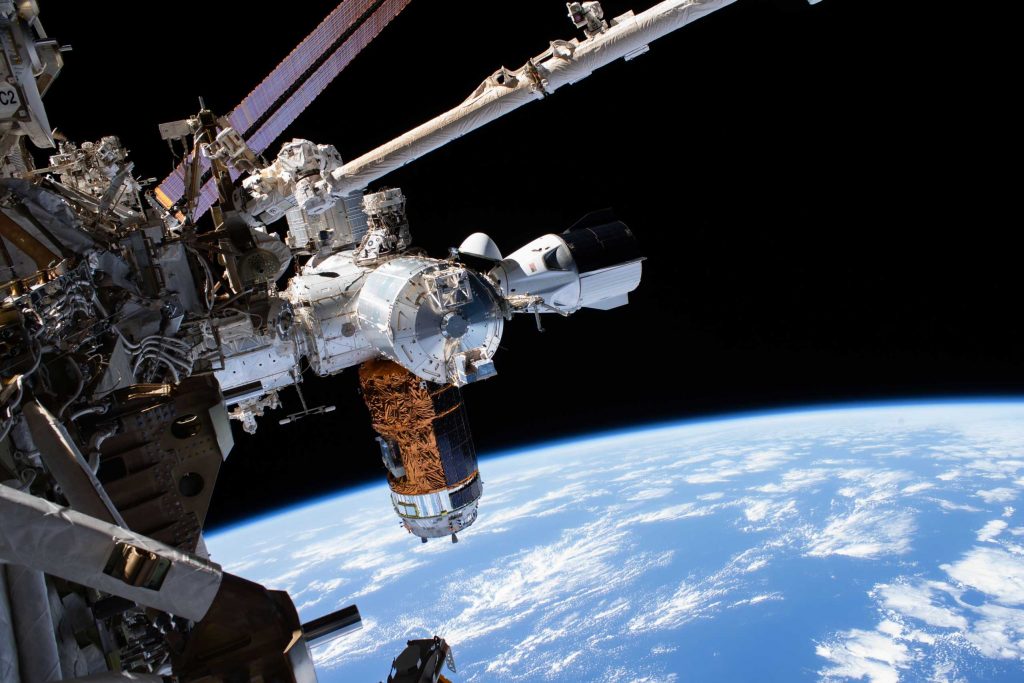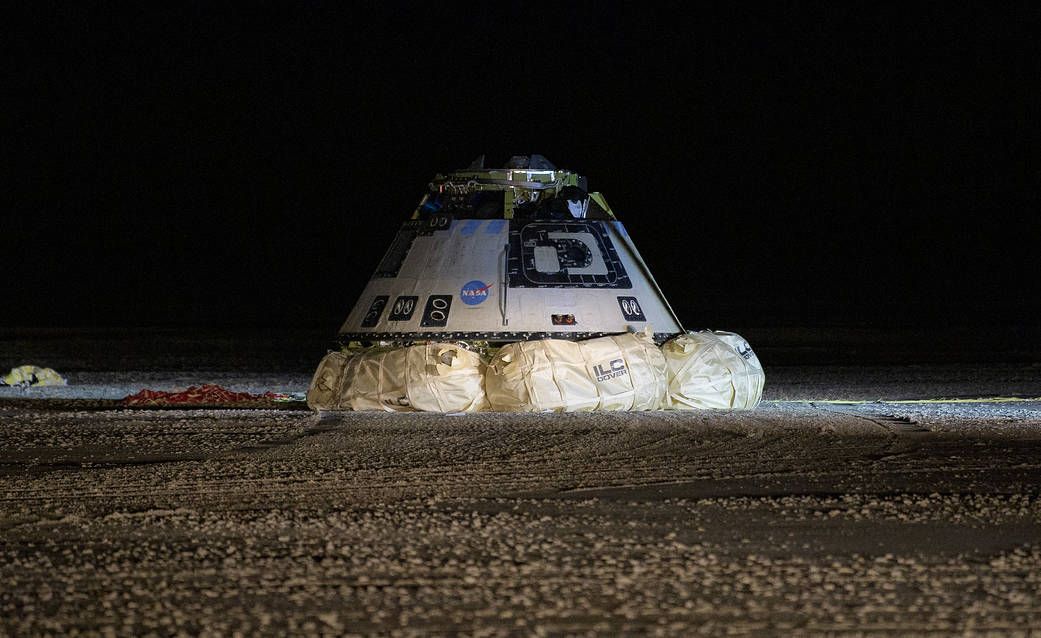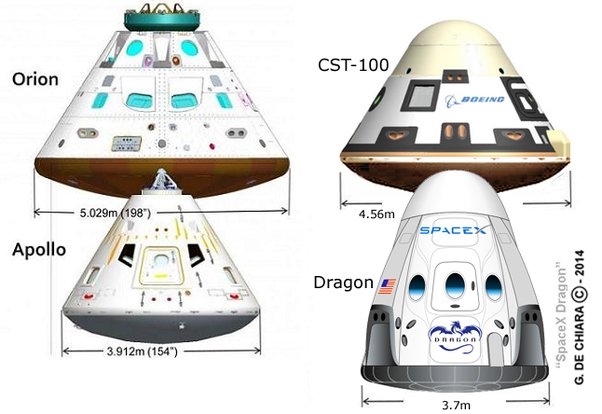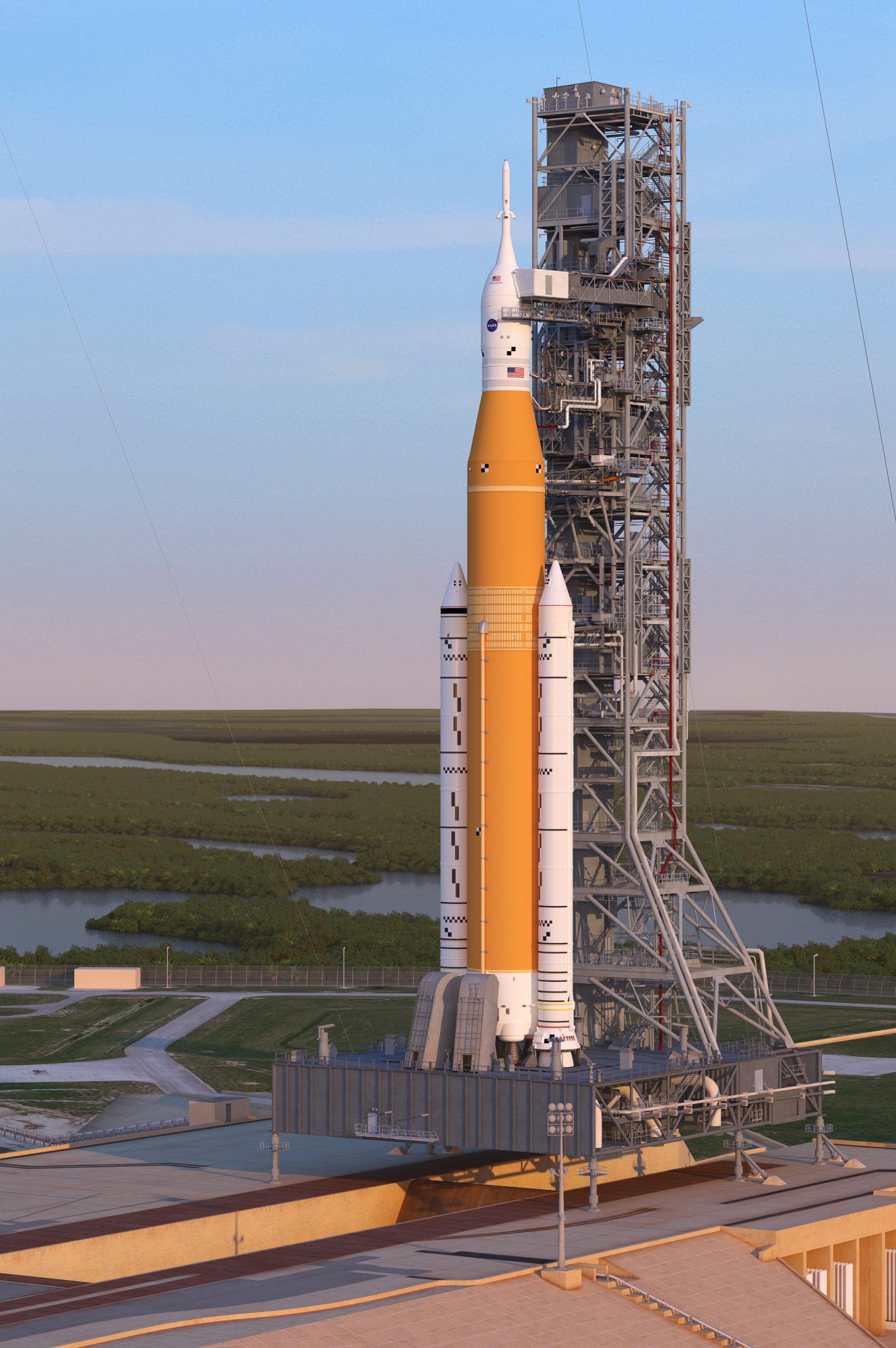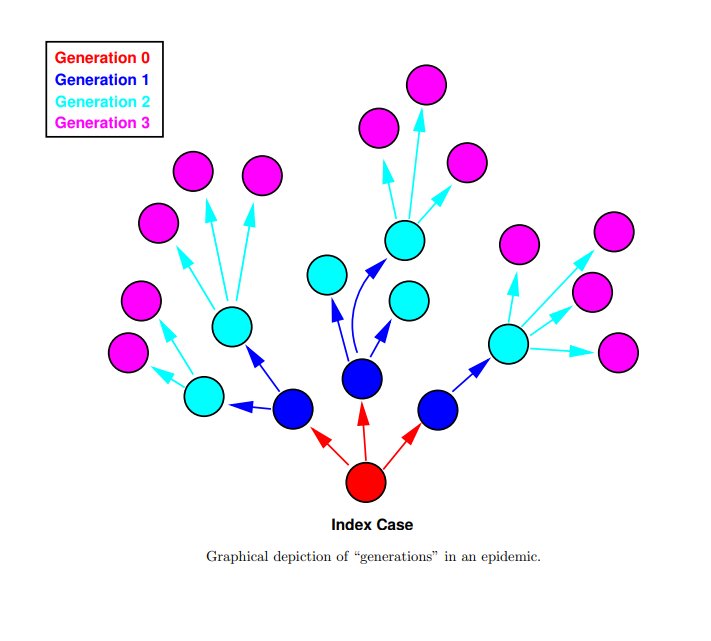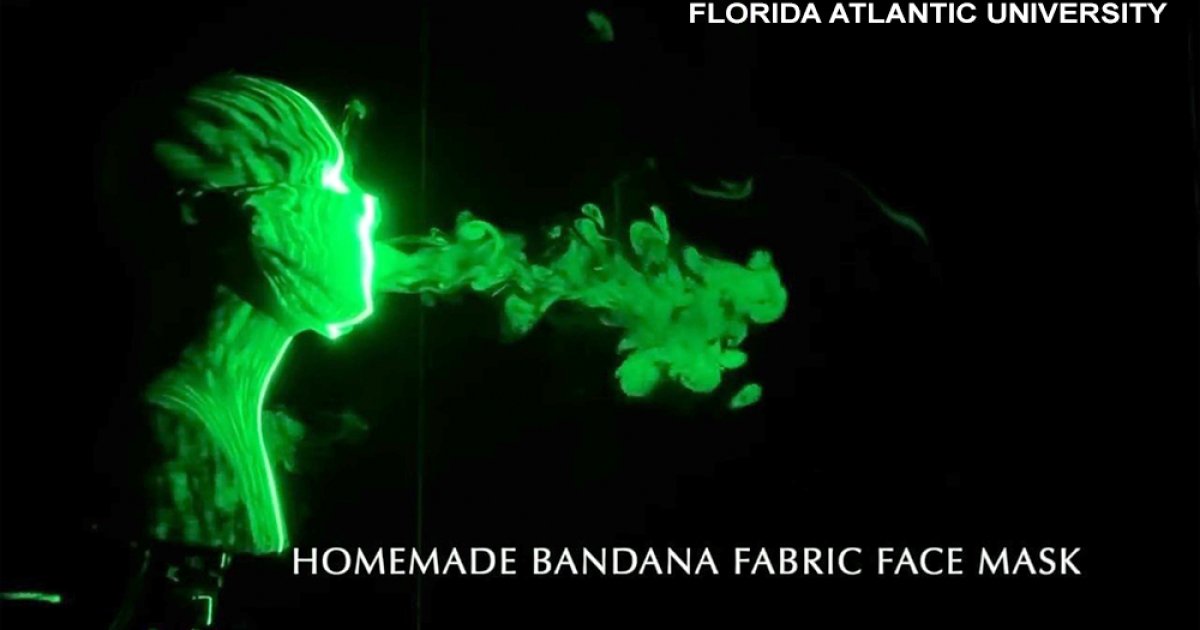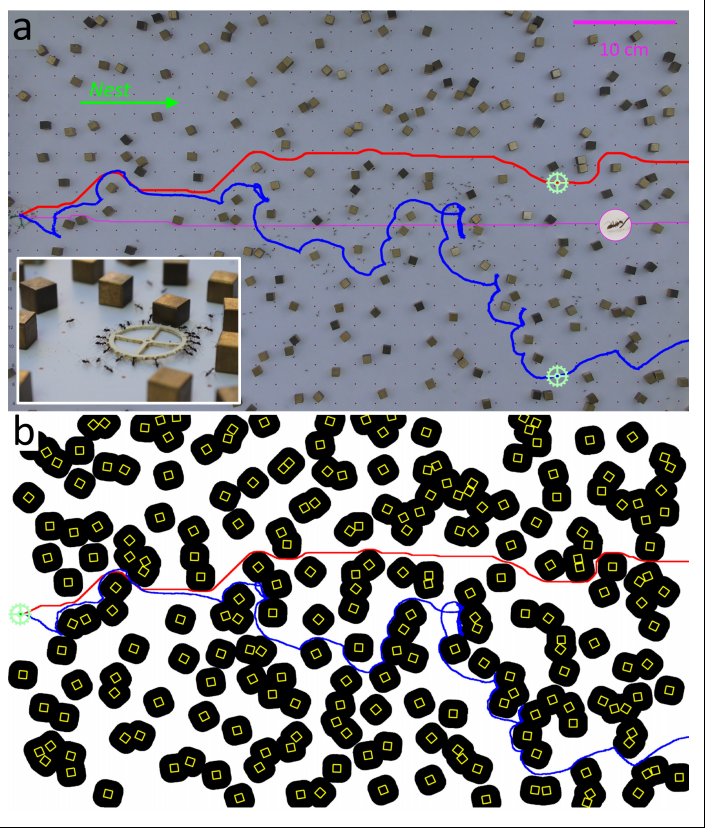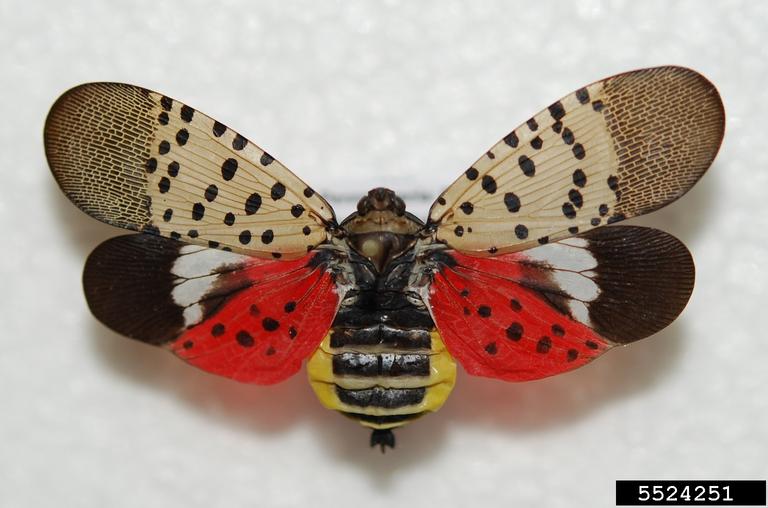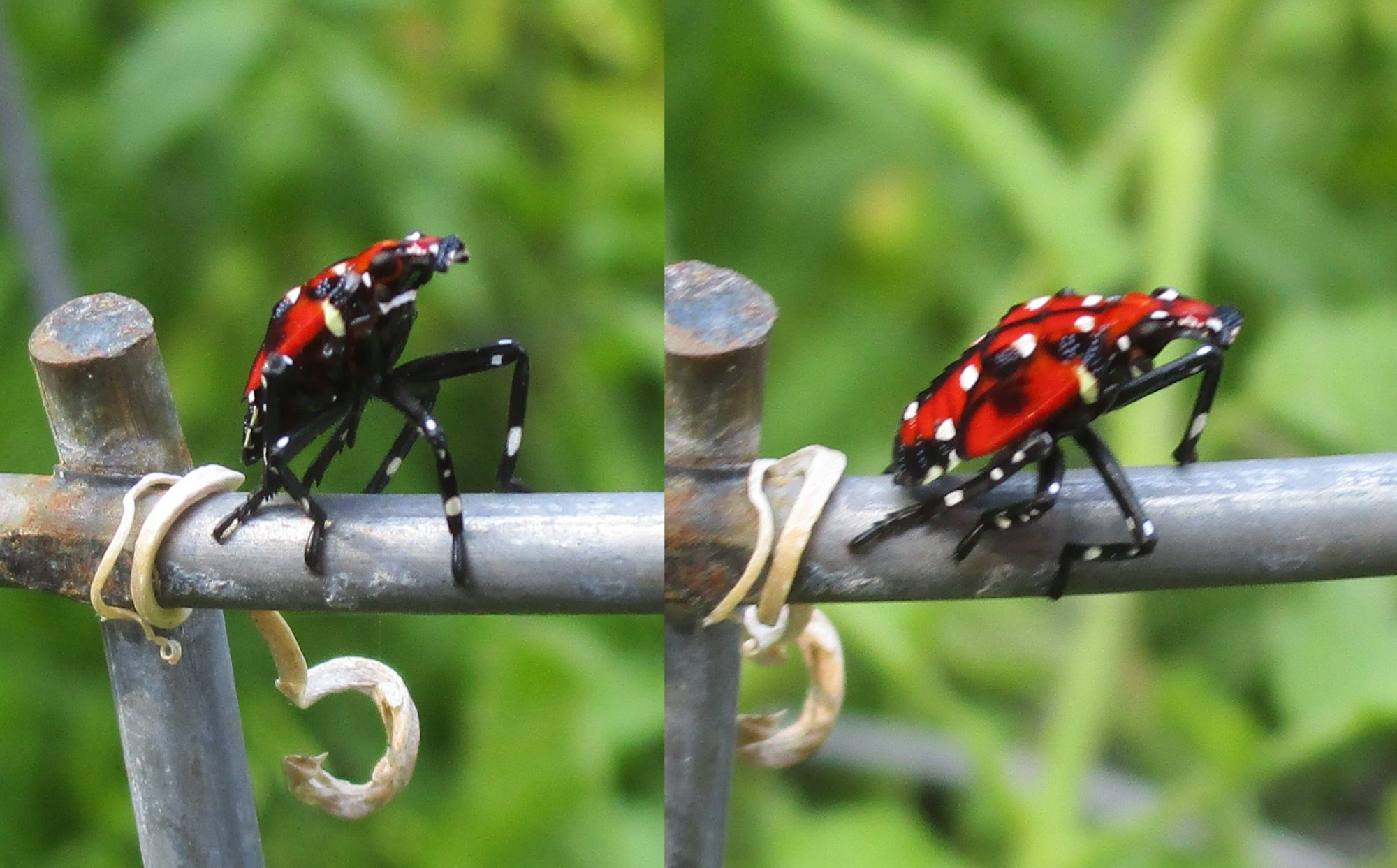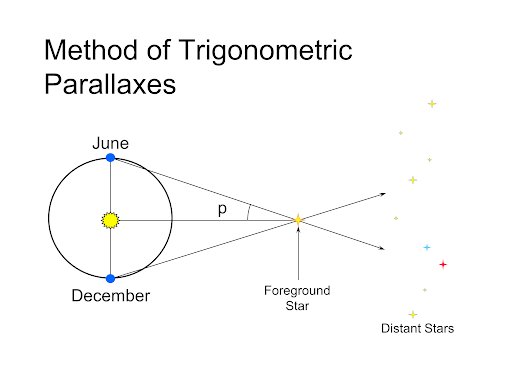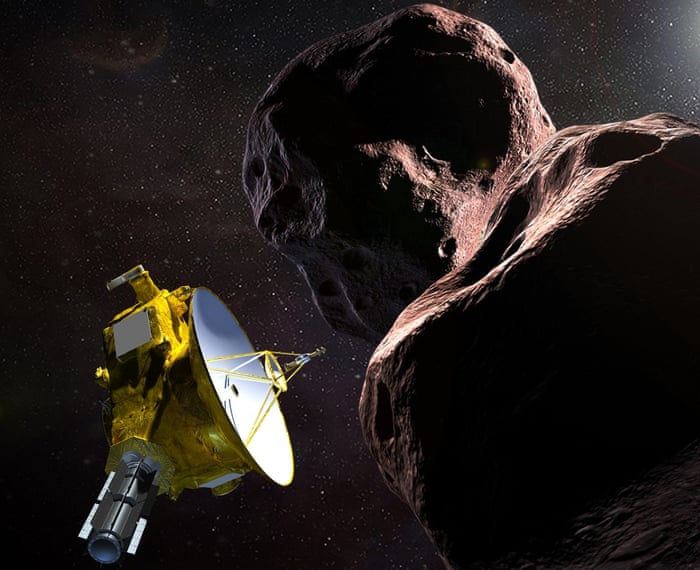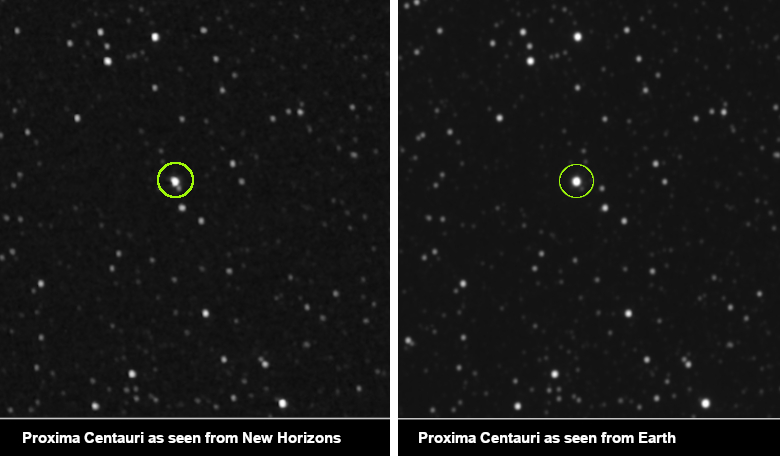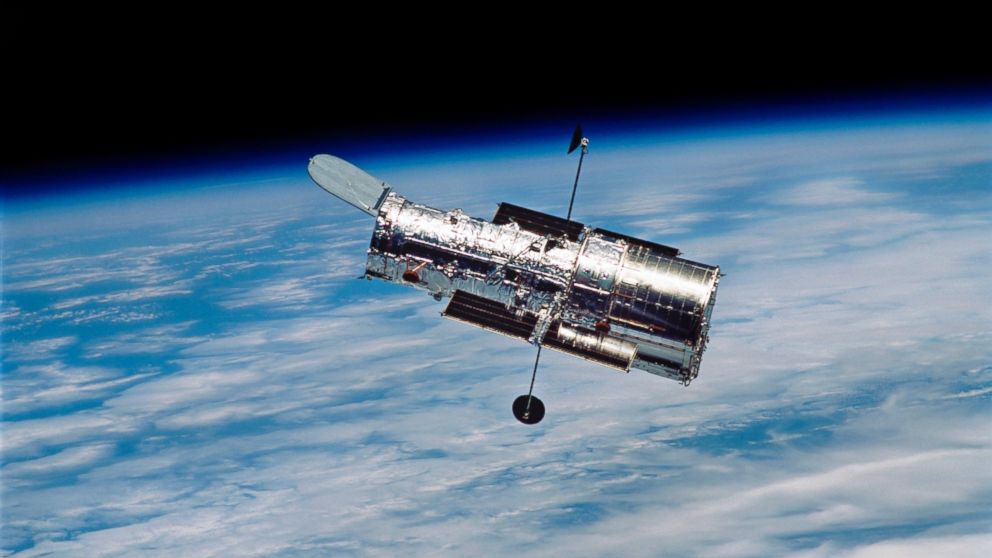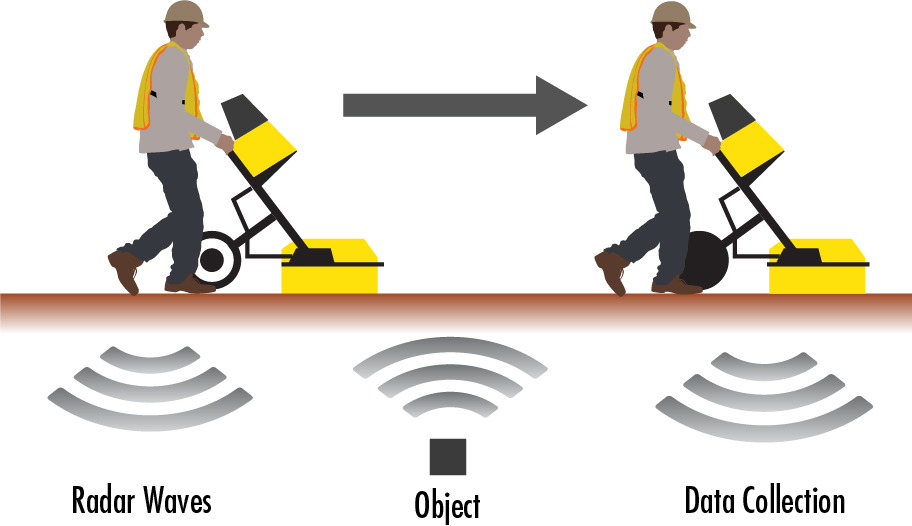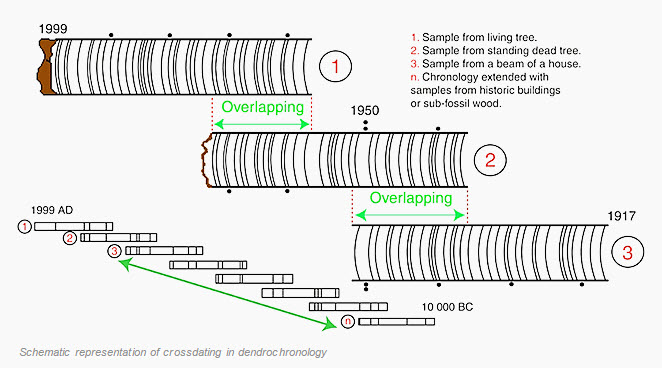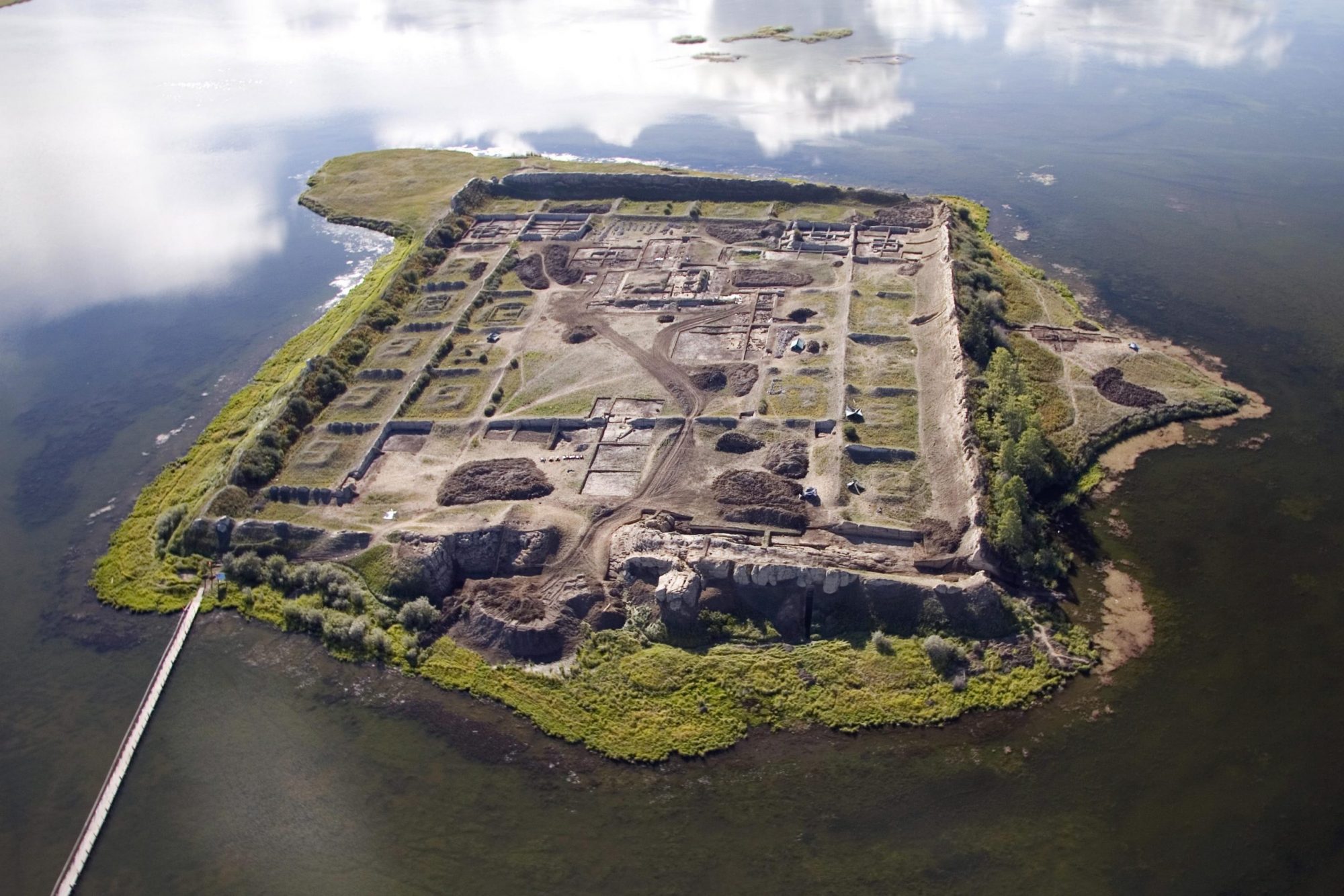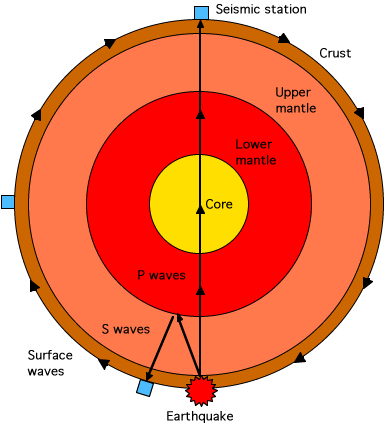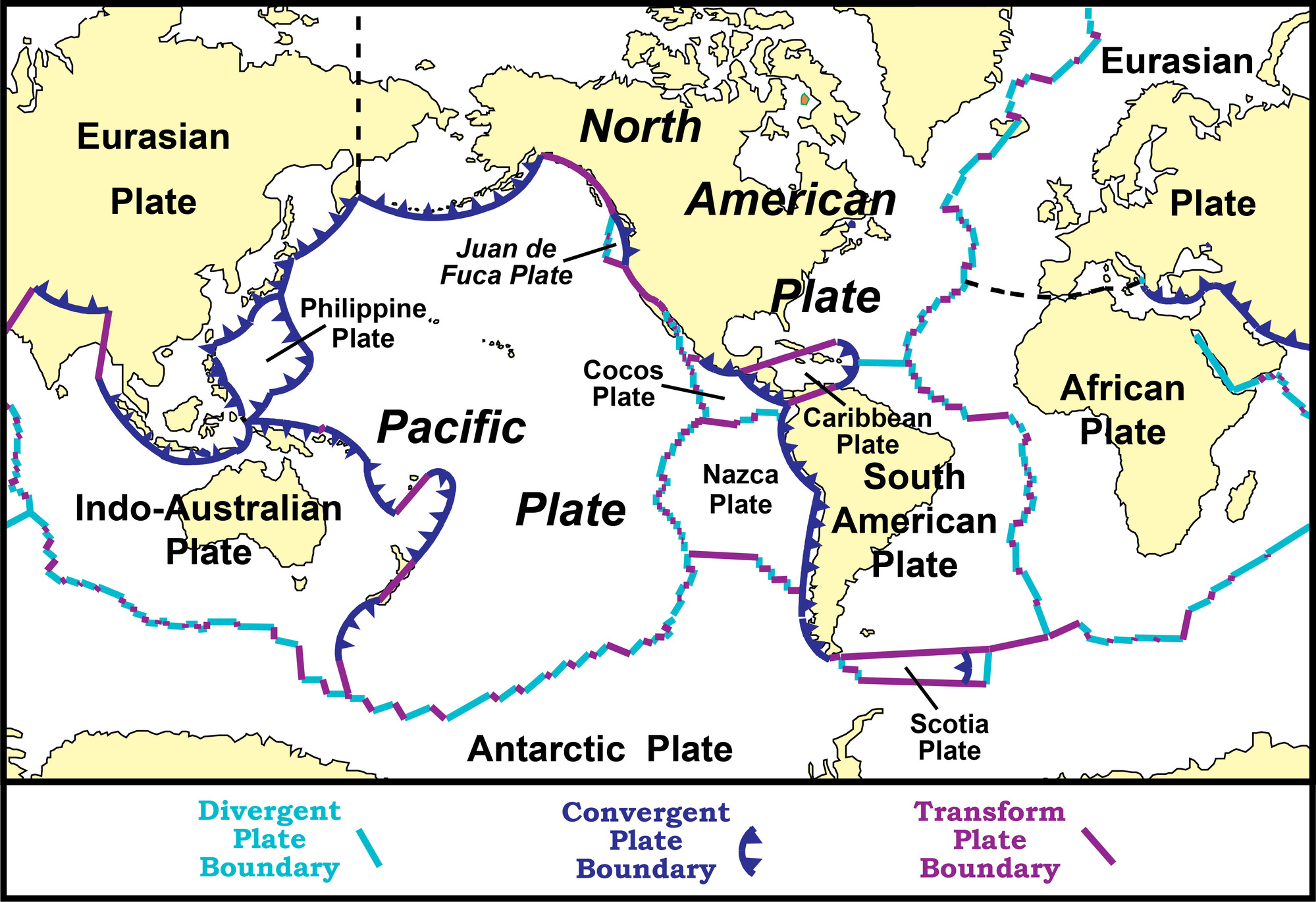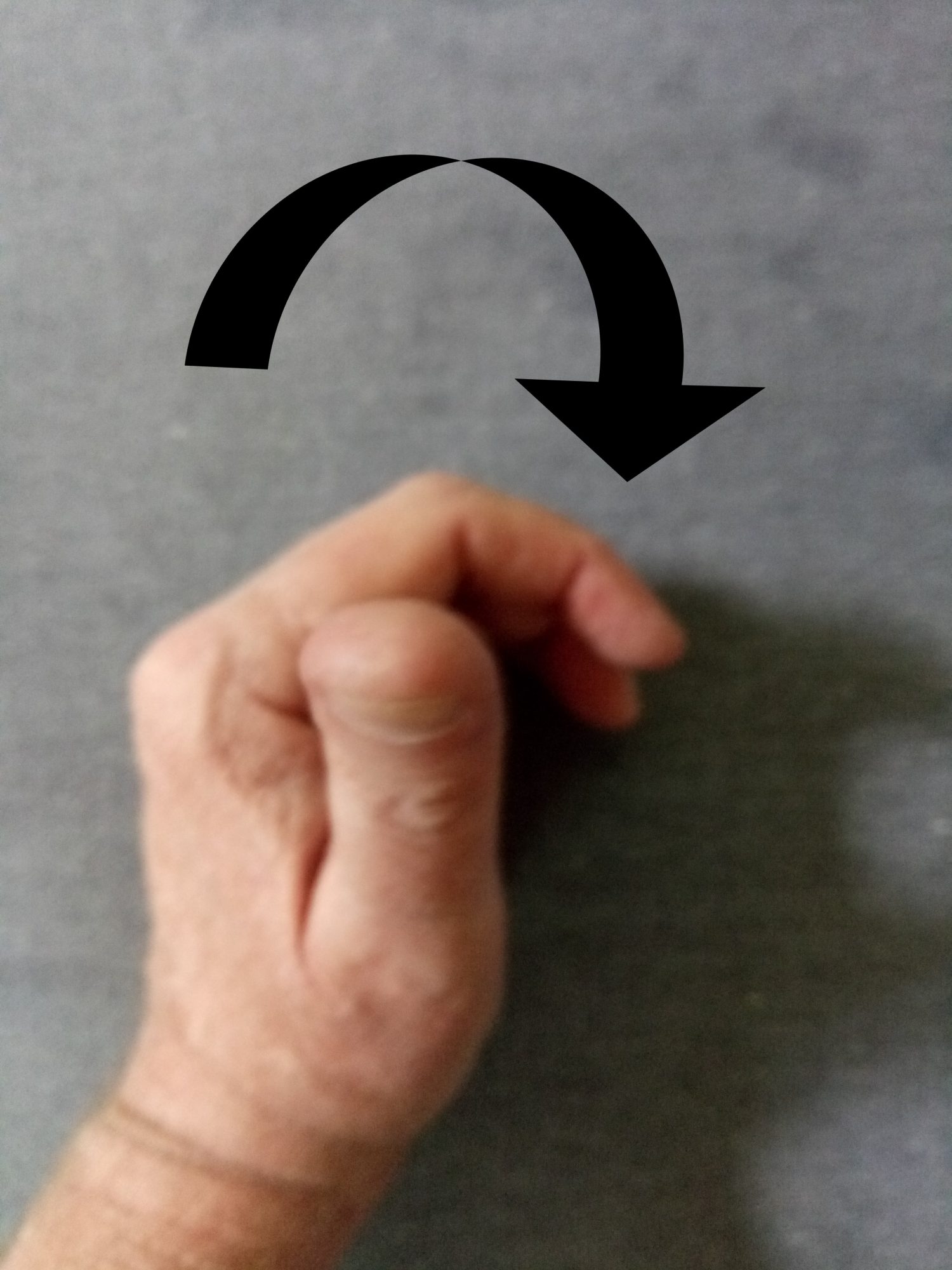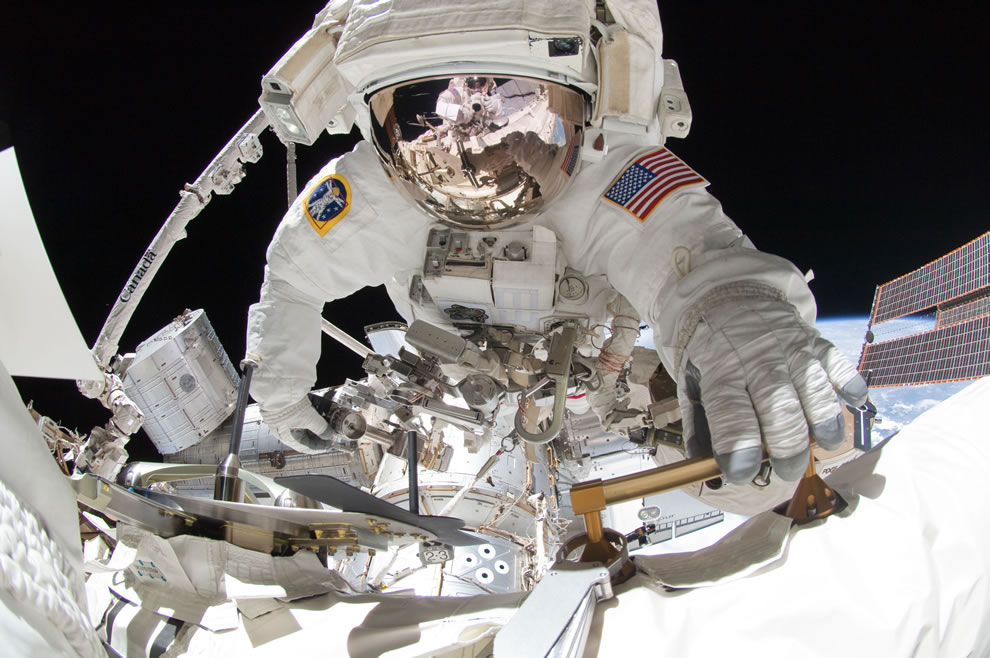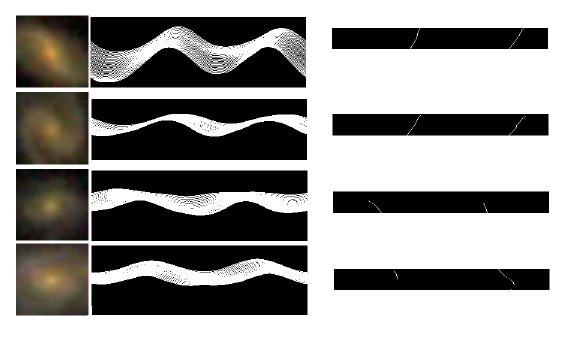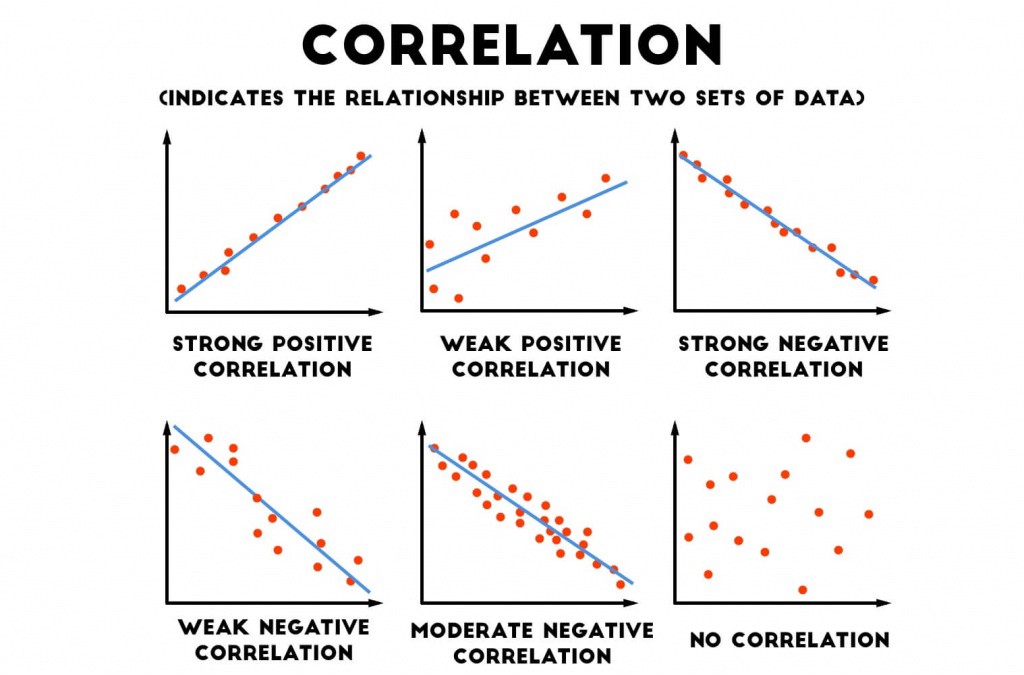A little more than 100,000 years ago our species Homo sapiens only existed on one continent, Africa. Yes we had some relatives who had already moved out into other lands. Neanderthals were living in Europe and Homo erectus, ‘Peking Man’ inhabited Asia, but the new species H sapiens had yet to spread out from the land of its origins.

Since that time we have spread out, migrating to every continent so that today human beings live in every climate from artic ice to tropical rainforest to arid desert. As a species we have always gone as far as our technology would take us, settling every piece of inhabitable land we could find.
Certainly some of the most ambitious, courageous migrations ever have to been accomplished were by the Polynesian mariners as they sailed their small, wooden, two hulled ships across the Pacific. With no instruments of any kind, nor any maps to follow they nevertheless succeeded in spreading their culture across the world’s largest ocean. In some ways those voyages were a prelude to our modern space explorations when you consider how tiny those islands are and how vast the ocean distances between them.
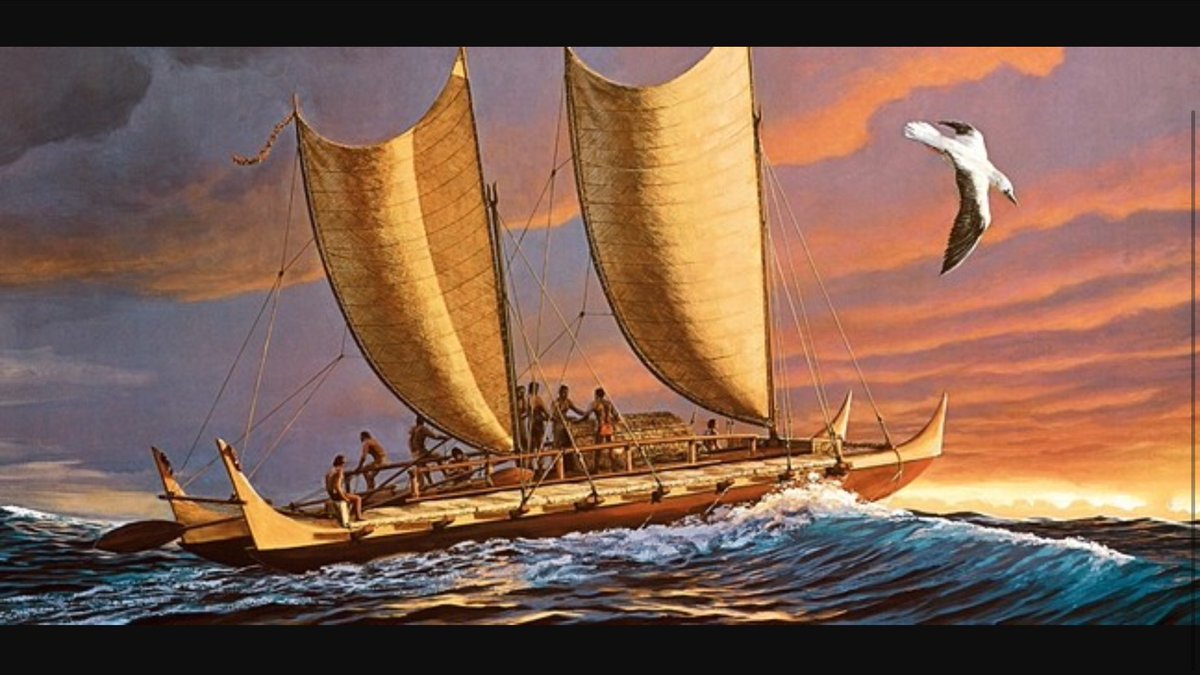
We know that the Polynesians sailed eastward from the coasts of Asia as far as the Hawaiian island chain and the lonely island of Rapa Nui, formally known as Easter Island. The current consensus among anthropologists however is that’s as far as they got. Even those intrepid navigators never managed to completely cross the Pacific; they never discovered the Americas.
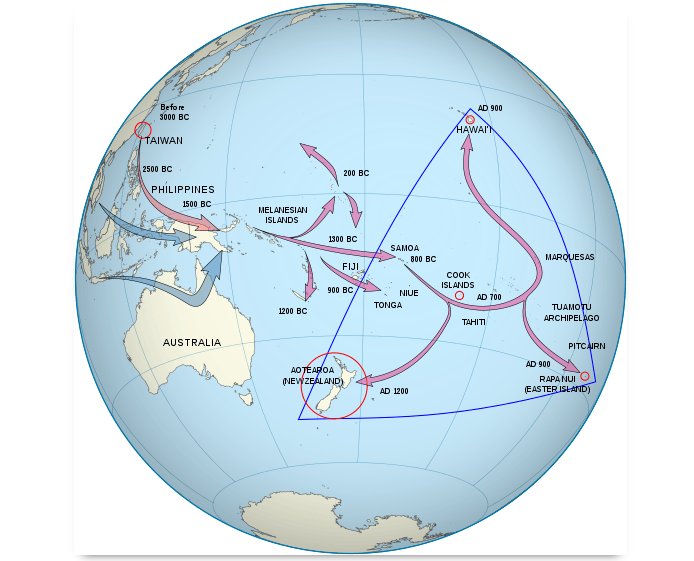
That’s the consensus; there are a few researchers who disagree however, who consider the idea of contact between the Polynesian islanders and the Native Americans as being not only possible but highly likely. For decades they have searched for evidence of that contact. To date the most convincing evidence they’ve found is the widespread use of sweet potatoes, a plant native to South America, throughout Polynesia. Now those scientists are trying to find more evidence using DNA.
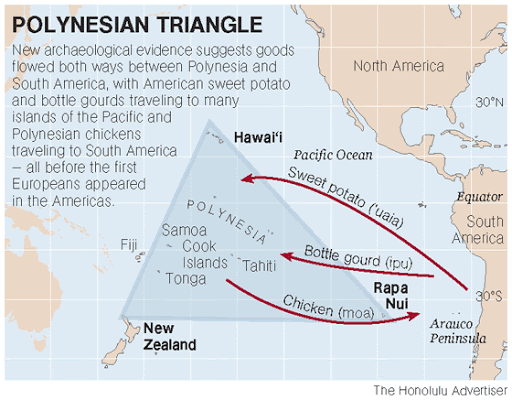
Doctors, and spouses Karla Sandoval, an anthropologist and Andres Estrada, a geneticist both with the National Labouratory of Genomics for Biodiversity at Irapuato in Mexico, spent several decades assembling a comprehensive catalogue of the genetic makeup of modern Latin American ethnic groups. Using this catalogue as a database in 2013 the scientists began a study of the genetic makeup of 809 people from Rapa Nui and other Pacific Islands searching for evidence in Polynesians of DNA from the Americas.

In doing their analysis Sandoval and Estrada faced a very big problem. You see over the last 250 years the Polynesian people have had considerable contact with both Europeans and South Americans. Rapa Nui for example was annexed by the South American nation of Chile in 1888. In order to find any earlier DNA that would indicate contact between Polynesia and the Americas they had to eliminate those Polynesians who carried both South American and European DNA.
In the end the scientists did succeed in finding six individuals whose DNA showed no sign of European genes but who did possess strands of DNA that are nearly identical to those found in the ethnic Zenu tribe in Colombia. Based on the size of the DNA strands Sandoval and Estrada were even able to estimate that the contact took place some 800 years ago, long before Columbus and the European age of exploration began. Is this then the missing piece of evidence to prove that there was contact between Polynesia and South America?
There are some who are not yet convinced. Biological Anthropologist Lisa Matisoo-Smith of the University of Otago in New Zealand points out that since both Polynesians and Native Americans are descended from an original Central Asia people the analysis must be expanded to include people from China or Mongolia in order to make certain that the DNA strands in question aren’t in fact more than 10,000 years old.
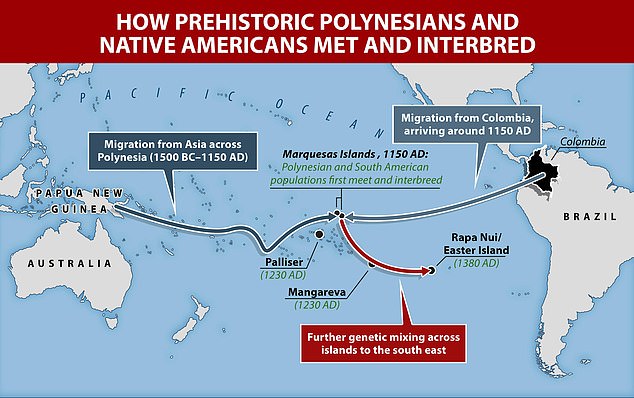
Even if further DNA studies do prove that Polynesians contacted South Americans around 800 years ago such studies still won’t be able to answer the question of who contacted who. Did a few Polynesian catamarans make it to Colombia and return to their islands with a few members of the Zenu tribe or did the South Americans sail out into the Pacific and meet the Polynesians halfway?
Back in 1947 Norwegian explorer and anthropologist Thor Heyerdahl tried to demonstrate how it could have been the South Americans who actually settled the Islands of the Pacific. He did so by building a small raft in Peru using only pre-Columbian technology and in accordance with descriptions of native rafts by Spanish conquistadors. Naming his vessel the Kon-Tiki after an Incan god Heyerdahl and his crew of five then sailed some 6,900 kilometers westward across the Pacific proving that the peoples of South America could have reached the islands of Polynesia.

In a sense of course it doesn’t matter which way the voyages went. The settlement of the Islands of the Pacific are a clear demonstration that we humans are explorers, travelers. That we belong wherever it is we choose to go!

